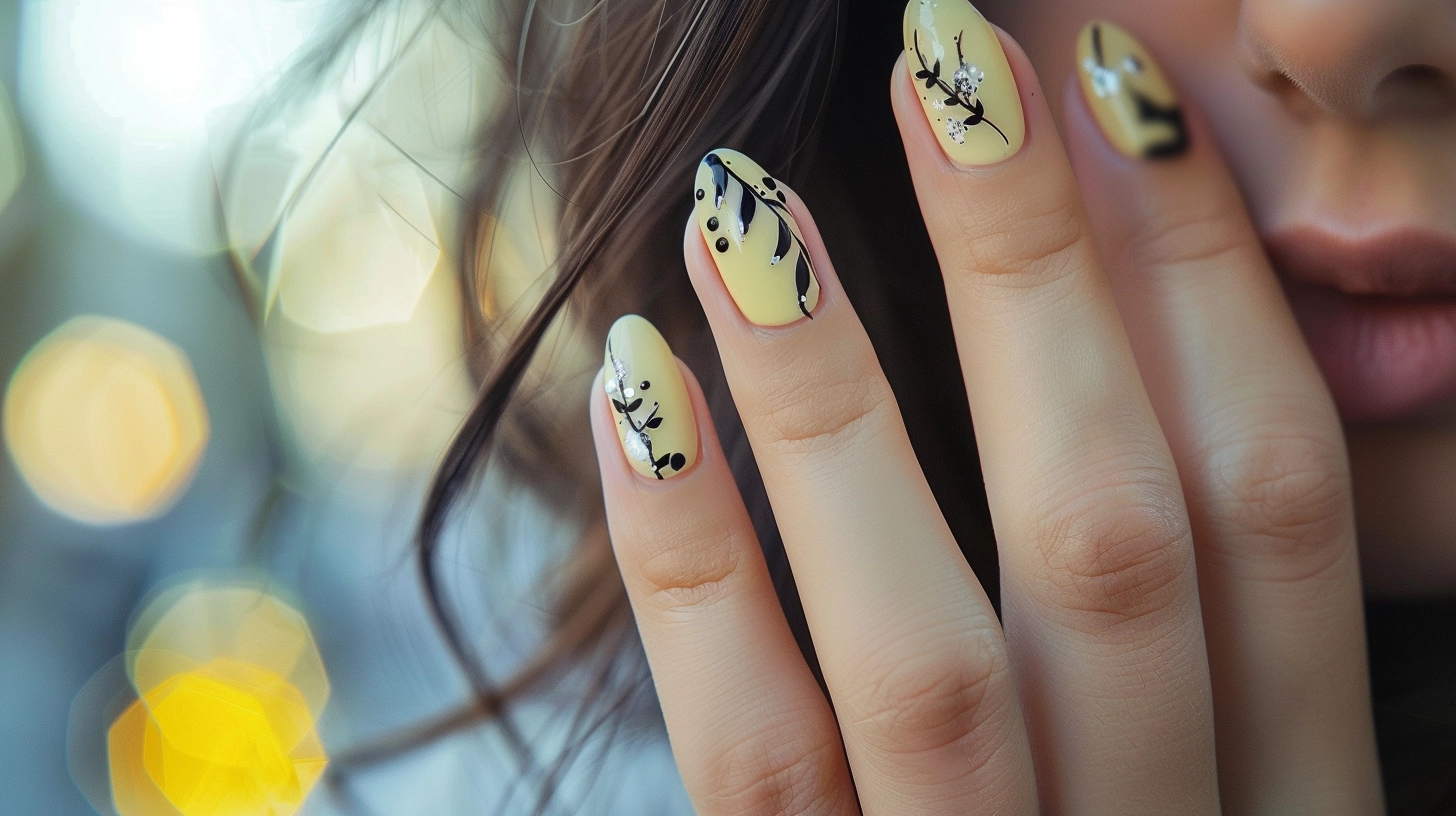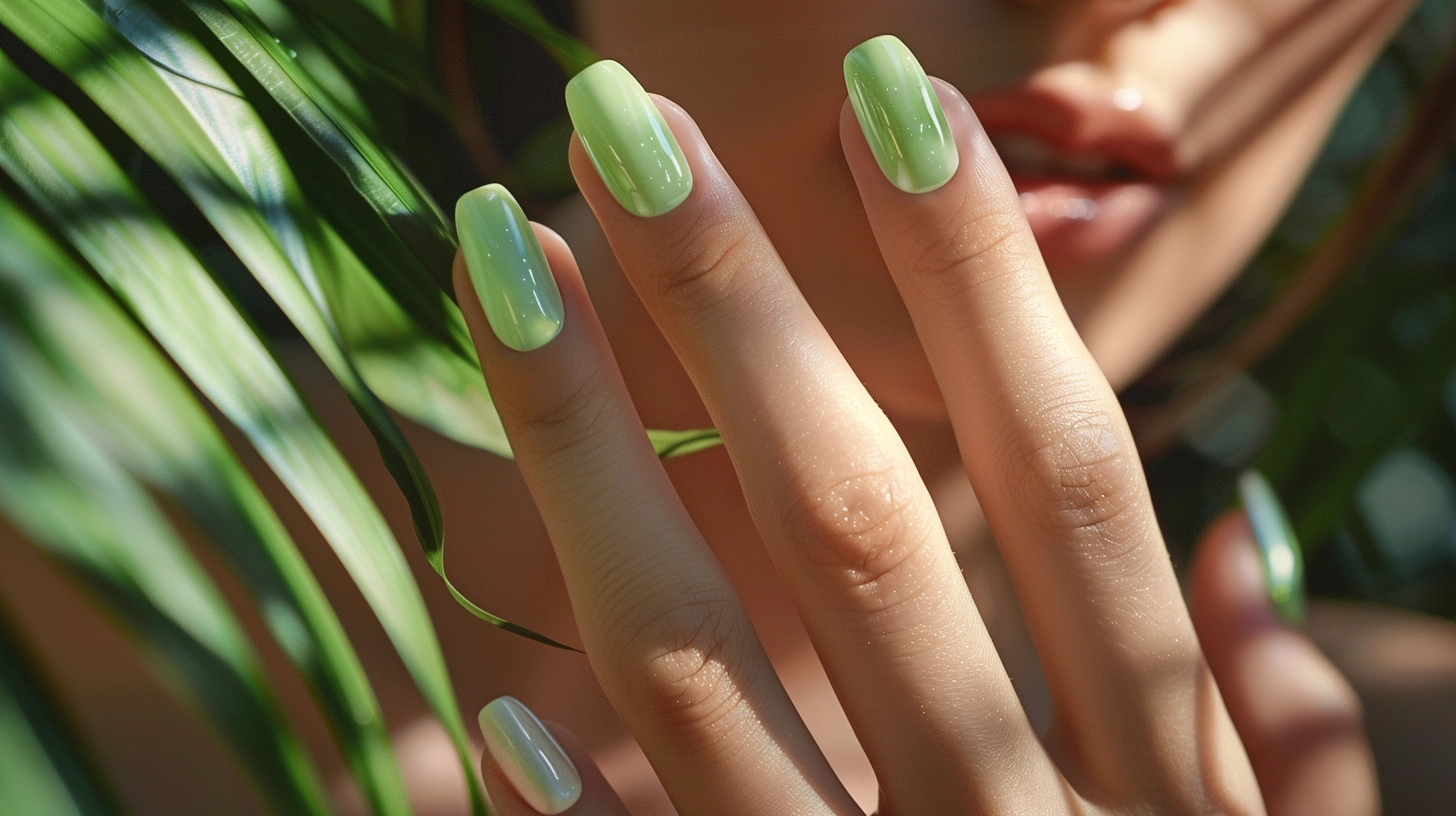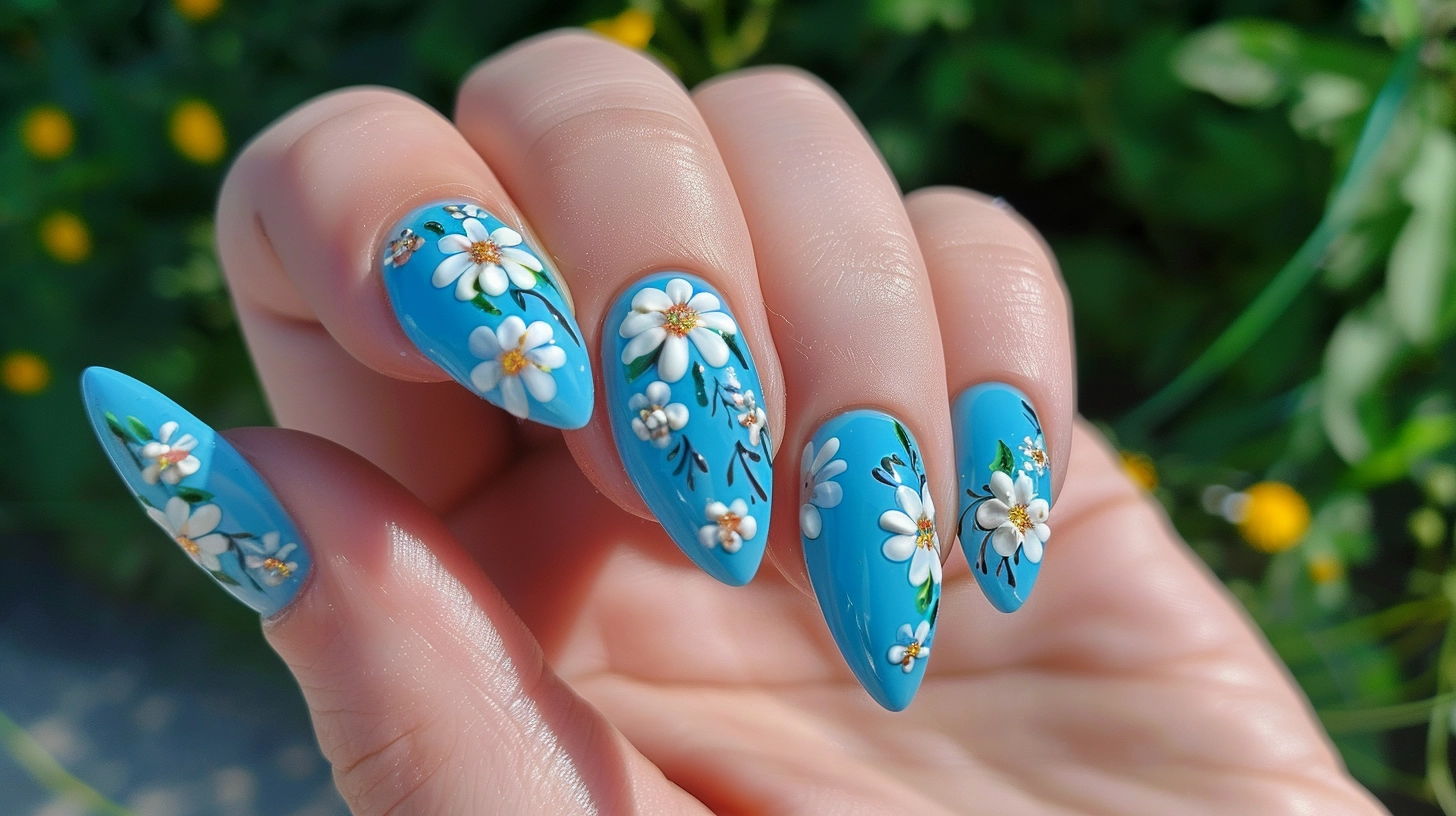Heel pain affects the side, back, and bottom of the heel. It is generally caused by over-straining, inflammation, injury, plantar fasciitis, and so on. There are multiple causes of heel pain. Only a professional will be able to diagnose your heel pain exactly.
So if you have heel pain because of plantar fasciitis, the first thing you need to do is change your shoes. And buy golf shoes that alleviate heel pain and stiffness associated with this condition.
To guide you to better choices that improve your game, here’s what you need to know.
What to Look for In Plantar Fasciitis Golf Shoes
1. Cushioning
The first thing that you need in golf shoes is a contoured and cushioned footbed. If it’s not flexible, it will cause more heel pain and stiffness. Golfers have to walk from one hole to another for hours on the course. A cushioned footbed makes strolling easy and light.
It doesn’t exert pressure on the sides, back, and bottom of the heel. So even if you’re standing for a prolonged period of time, your heels don’t hurt or pinch.
More specifically, what you need is mid-foot cushioning. In plantar fasciitis, the midfoot region feels the most pressure. With a soft footbed underneath, this will be prevented. The mid-foot cushioning reduces impact, shock, and vibration.
It protects your plantar fascia while also stabilizing weight transfer. This is during the gait cycle and also when you walk.
2. Arch Support
Because the plantar fascia covers the heel to the toes, it can cause serious injury to your arch. That’s why arch support in golf shoes is necessary.
Its only job is to reduce impact and stress during movement. Any sort of mechanical stress, with proper arch and heel support, is reversed. Specifically targetted to reduce heel pain when the arch pronates.
When looking for arch support in golf shoes, determine your arch. Is it normal, fallen, or high? This will give you the perfect golf shoe fit for plantar fasciitis.
3. Stiff Heel Counter
This is the one major core feature of plantar fasciitis golf shoes. A rigid heel counter is an area that surrounds your ankle. If it isn’t firm and rigid, your plantar fascia will over-extend and over-stretch. Making the matters worse for you.
Coupled with a soft and flexible footbed, a rigid heel counter can reduce pressure. It also optimizes the way your foot moves during the gait cycle. And also when you’re standing still, it stabilizes your movements and regulates proper weight transfer.
What to Avoid In Plantar Fasciitis Golf Shoes
1. Stiff Upper Material
If the upper is rigid and tight, you won’t be able to establish a correct posture during the gait cycle. This will not only restrict your movements but will also result in lousy and incomplete shots.
You need a proper weight transfer from your heel to toe as you move. And with a stiff upper material, that’s hardly possible. It will lead to heel pain, stiffness, and soreness during and after.
2. Flat Footbed
A flat footbed means no cushioning. If the shoes’ have a gel insert, the feel of the footbed is going to diminish. It’s not the best option for plantar fasciitis shoes for golfers’ heel pain.
A flat footbed will also increase soreness. The heel strike will feel more powerful which will also increase impact. Causing stiffness and pain from your heels to the toes.
3. Narrow Construction
If the forefoot feels squeezed in as you move, this could worsen your condition. For golfers with wide feet, it’s very important to have more room for movement. This means you need to buy shoes for wide feet and look for lace-ups for more flexibility in adjustments.
Conclusion
Golf is a challenging game. It demands proper posture, technique, and style. And one of the things that influence your game is shoes. When you don’t wear the right kind of golf shoes, it’ll make you uncomfortable. Your feet might hurt, bruise often, and damage easily.
While this is true for every golfer out there. It’s especially true for golfers with plantar fasciitis. This article talks about the best plantar fasciitis golf shoes you need to cure heel pain.
Everything you need to know about what to look for and what to avoid is right here. It’s important to understand what can improve or worsen your heel condition.
About The Author
Megan Hane is a content writer who writes about golf daily. She also plays golf tirelessly, and that’s where her skilled expertise comes from. She knows the ins and outs of golf for beginners, intermediates, and advanced players. Where to find some of the best golf equipment – these articles are easy to understand and very precise too. Much like all of her brilliant work on the blog, Golf Rough.







